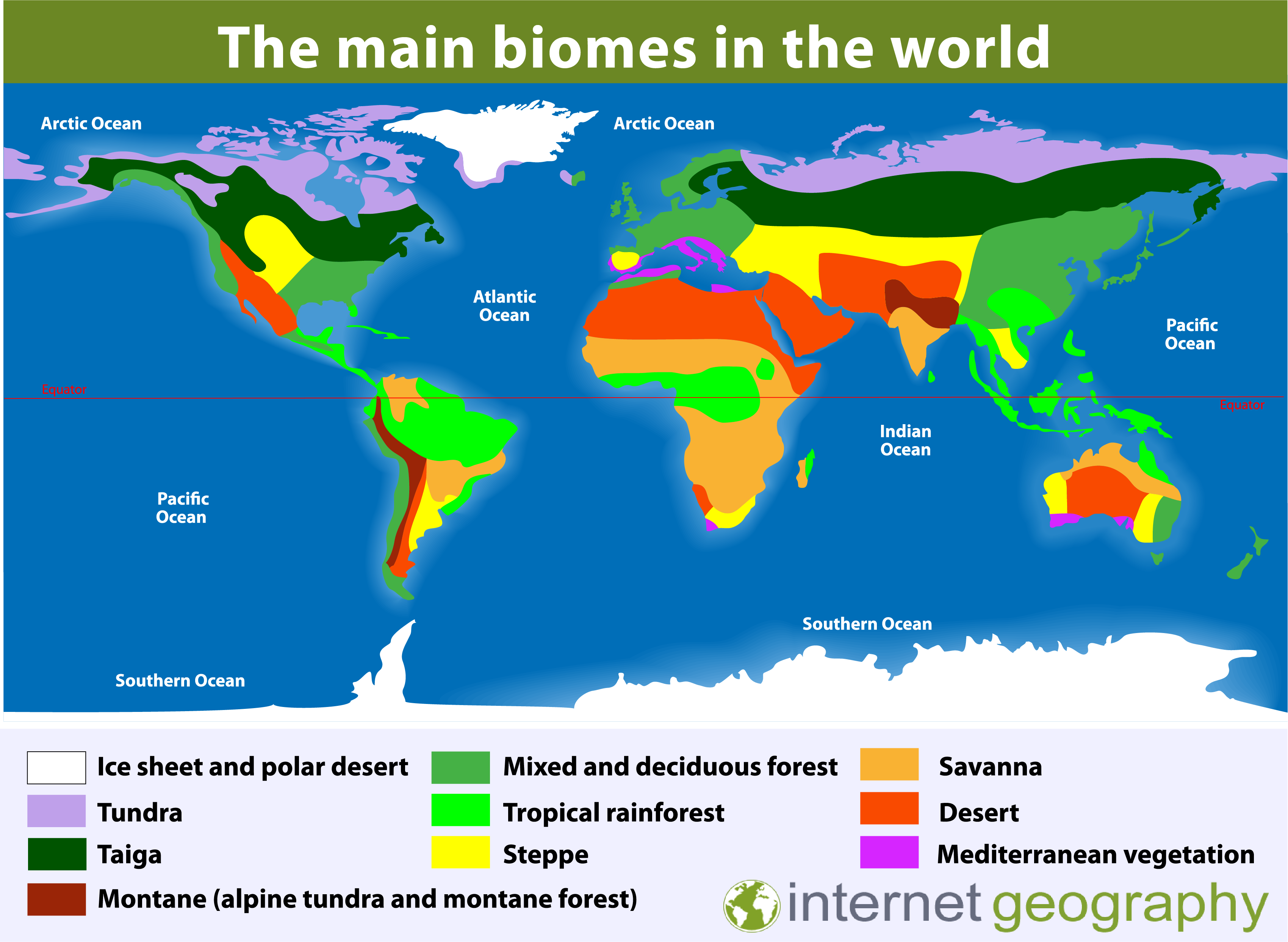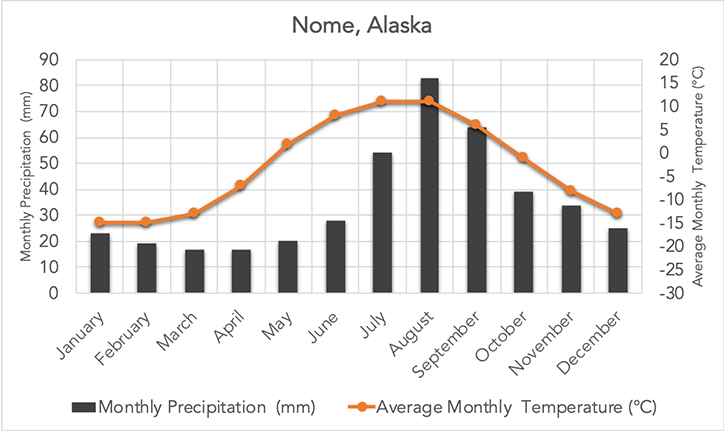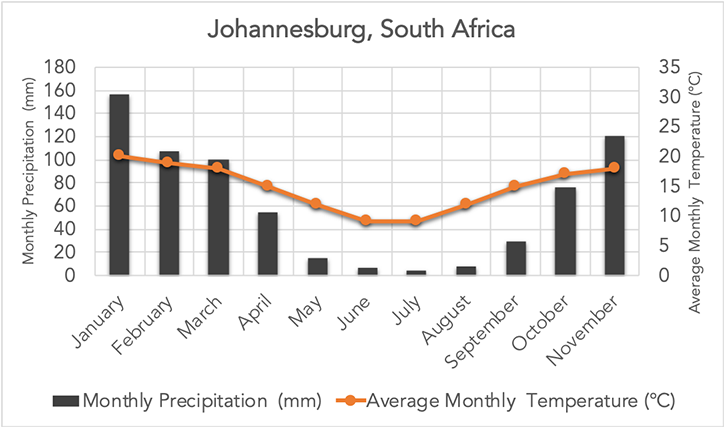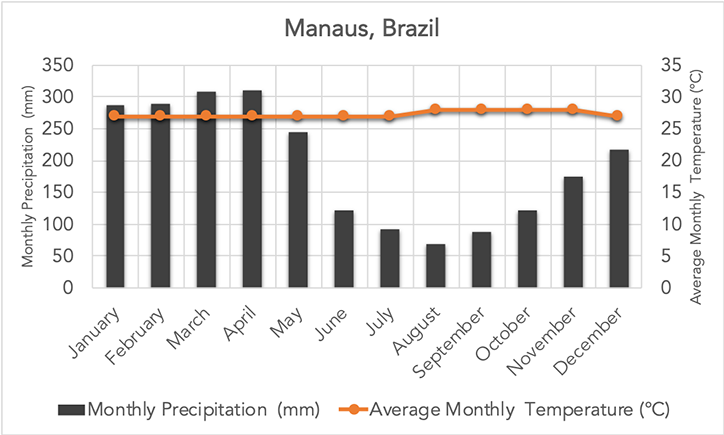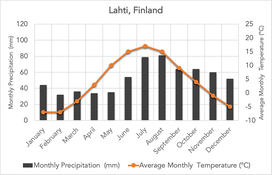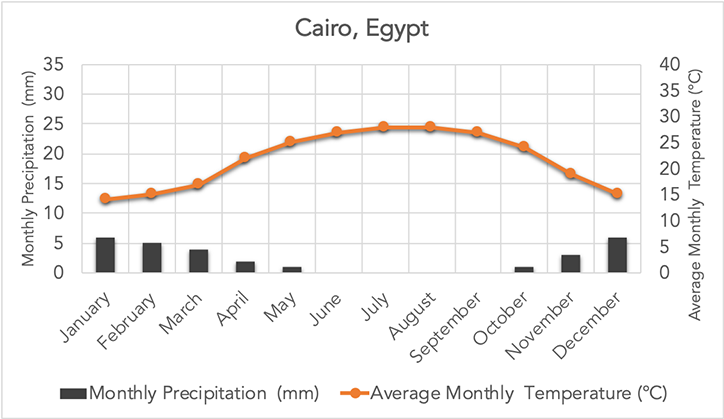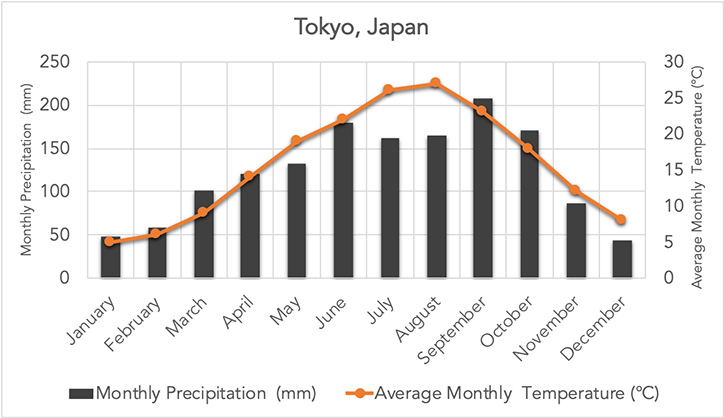Starter: Put your headphones, turn up the volume, switch the lights off and watch the 360° YouTube video below. It is filmed in one of the biomes that you are going to learn about.
Introduction to Ecosystems & Biomes
Objective: To find out what an ecosystem and biome are and how they are different.
Task 1 - Click here (or here for a version in Spanish) to read a little more about biomes, ecosystems and habitats. Read the information carefully and complete the activities on the worksheet below.
Watch the first 1:10 of the video to the left. this is our introduction to global. After that, the sections that are relevant to us are as follows:
Tundra - 6:03 to 7:33
Forests (coniferous taiga & deciduous) - 7:34 - 8:32
Mediterranean / Chaparral - Not on this video
Hot deserts - 11.25 - 12:43
Savannah Grasslands - 8:33 - 9:33
Tropical Rainforests - 9:34 - 11:22.
Task 2 - Using the information on the video above (see timings), the videos below (for Taiga, Deciduous & Mediterranean) as well as the climate graphs, complete the first two pages of the worksheet.
Task 2 - Using the information on the video above (see timings), the videos below (for Taiga, Deciduous & Mediterranean) as well as the climate graphs, complete the first two pages of the worksheet.
Task 3 - Complete the third page of the worksheet above completing all tasks. Use this link from the BBC to help you with the locations task.

